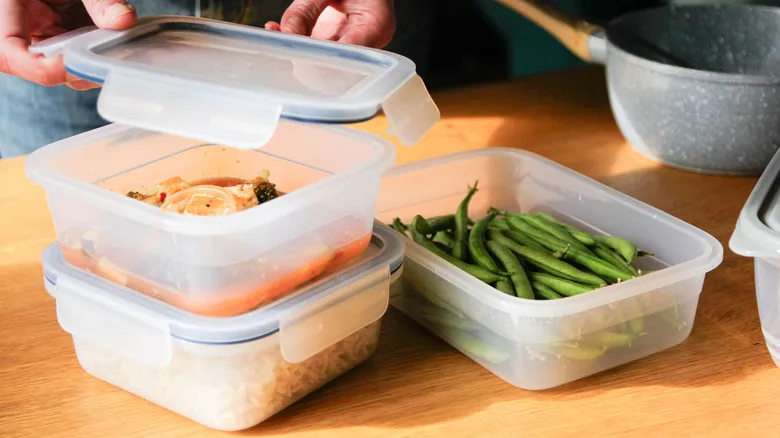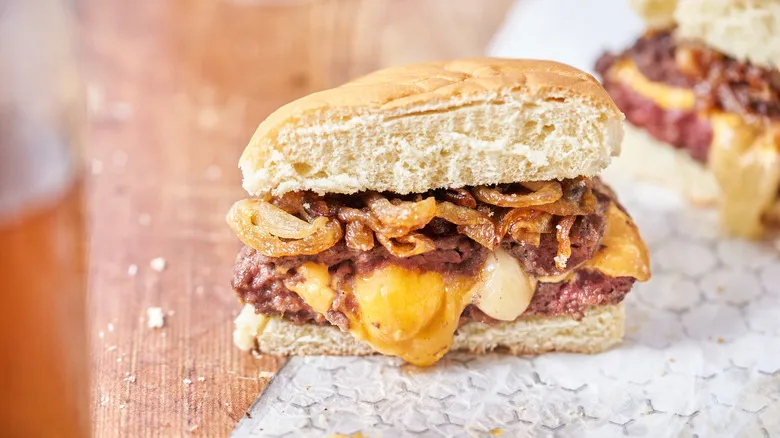Other ways to thaw food instead
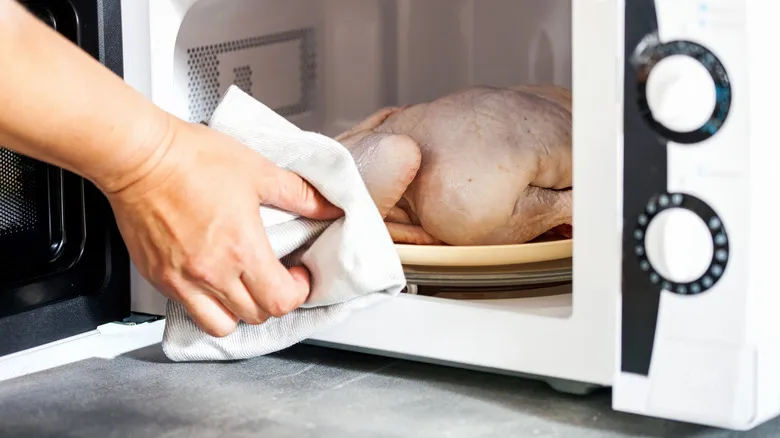
The countertop is not a safe place to thaw food, and the USDA also warns against using areas like basements, garages, cars, and outdoor spaces for this purpose. These locations can lead to uneven thawing of frozen items, such as meat, which poses a food safety risk. So, even if you’re tempted to leave your lunch in the car at work or let a frozen pie defrost outside when there’s no room in the fridge, reconsider your choices. There are safer alternatives for thawing food.
One effective method is to place frozen food in an airtight bag and submerge it in a bowl of cold water, which can thaw it within a few hours. This technique is useful whether you need to quickly defrost a steak or expedite dinner preparation. You can also utilize the defrost setting on your microwave. Thawing in the refrigerator may take longer, but it is often the simplest and safest option. The time required to defrost food varies based on its size; for instance, a turkey may take several days to thaw, while a small bag of vegetables could be ready in just a few hours.
Although it is technically possible to thaw food on the countertop, it is not advisable due to numerous food safety concerns. For your peace of mind, plan ahead and choose a safer defrosting method.
Recommended
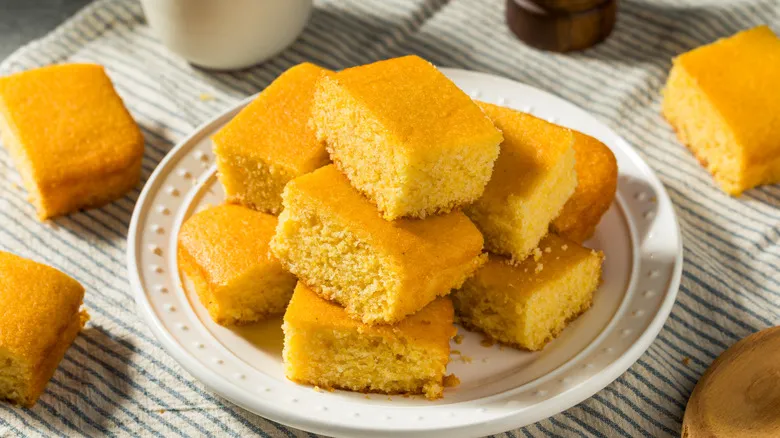
Give Homemade Cornbread A Pop Of Color With One Sweet Addition
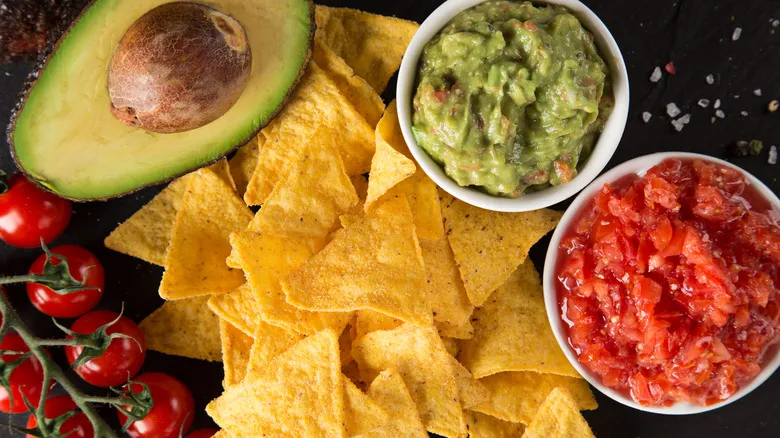
The Best Store-Bought Tortilla Chips To Pick Up For Taco Night

For Easier Nashville Hot Chicken, There's One Frozen Ingredient You Need

The Right Way To Cook Filet Mignon In The Air Fryer
Next up

